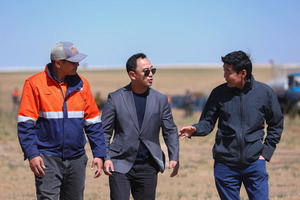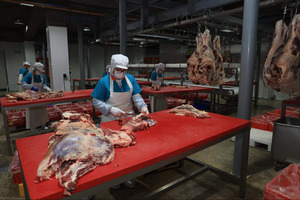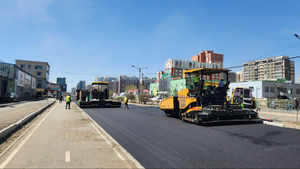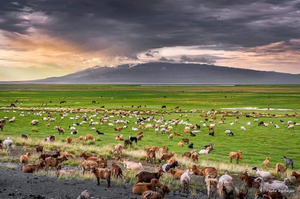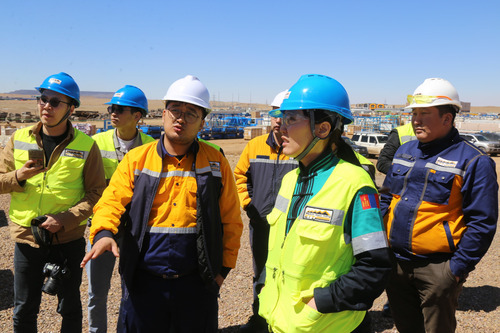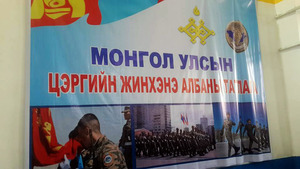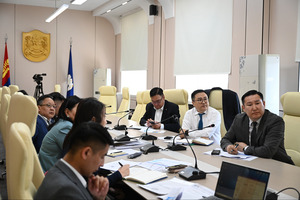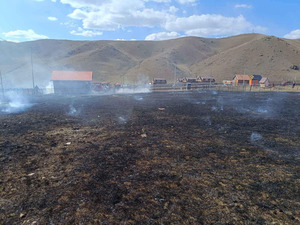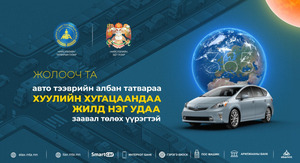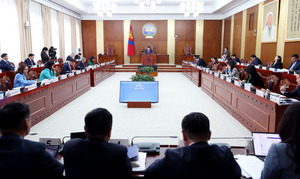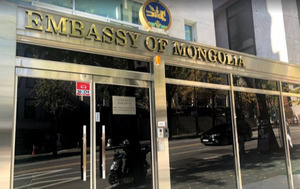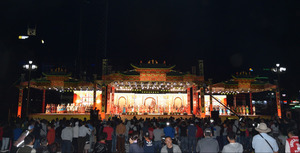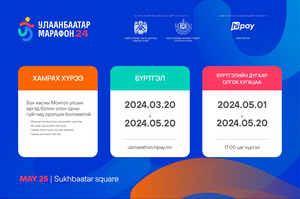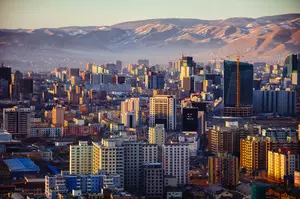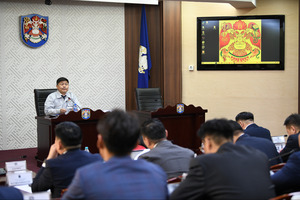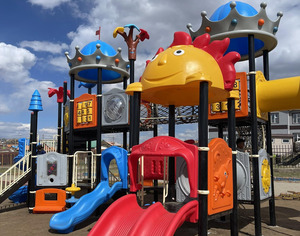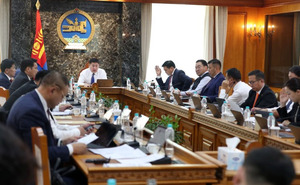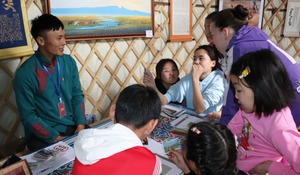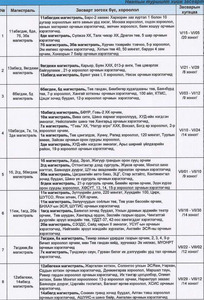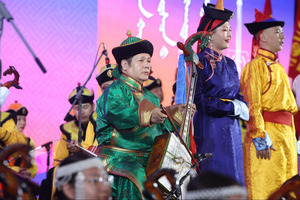What is ASEM?
The Asia-Europe Meeting (ASEM) is an informal inter-governmental process of dialogue and cooperation based on equal partnership of Asian and European countries which addresses political, economic and socio-cultural issues of common interest as well as challenges confronting. Launched in 1996 with 26 member states, the Asia-Europe dialogue forum expanded to incorporate today 51 countries and two international organizations. Mongolia joined ASEM in 2008 during the 7th ASEM Summit in Beijing
ASEM - Member States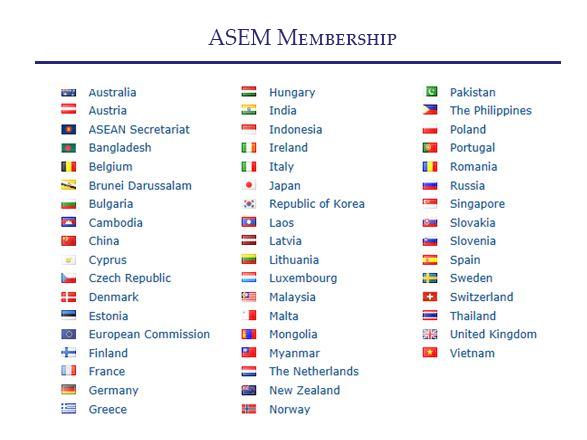
As of today, the Foreign relations department of the European Union and Italy are working as coordinators of European region affairs, Malaysia as a Deputy Coordinator of ASEAN and Mongolia as a subgroup coordinator of North-East and South Asian region.
ASEM activities
The ASEM dialogue mainly focus on global issues in part economic growth, climate change, post 2015 development program, and other common Asia-Europe concerns. The ASEM operations cover exclusively all aspects of mutual interest of the Asia-Europe region with the political, economic, socio-cultural sectors as the main pillars of cooperation.
ASEM Operational guidelines
Political cooperation: At the ASEM political dialogue Asian and European countries give priority to global issues such as international terrorism, organized crime, Weapons of Mass-Destruction (WMD), migrations, human rights, the impact of globalization, dialogue on cultures and civilizations and environment. Economic cooperation: Priority trends of the economic cooperation include promotion of multilateral economic cooperation, facilitation of trade and investment, strengthening of international financial system, and promotion of Asia-Europe cooperation in the financial and monetary fields. Socio-economic cooperation: Socio-cultural cooperation focuses on deepening friendship and mutual understanding between Asian and European nations and organizes training, seminars and discussions on basic trends like cultural and people-to-people exchange and public issues. In recent years more attention is given to deepening dialogue on cultures, civilizations and inter-religious dialogue.
ASEM projects and programs
The main form of the ASEM activities is that ASEM member countries solely or jointly implement projects and initiatives in certain areas. Presently, the ASEM runs 14 projects in the political sector, 51 projects in the economic field and 41 initiatives in the socio-cultural sector. These include Asia-Europe young leaders forum, seminar on the fight against terrorism, plan of action on easing trade, action plan on promoting investments, forum of small and medium sized businesses, information technology and communication project, seminar on energy issues, university exchange programs, cooperation program against AIDS and childrens festival of ASEM countries.
Asia-Europe Foundation
ASEF is funded by voluntary contributions from the ASEM partner governments and the private sector. The member countries voluntarily decide on giving financial support to ASEF, however it is considered moral and political duty of the ASEM member countries to make voluntary financial contributions in order to ensure long term sustainability of ASEF. The 2006 Helsinki Summit released a document on securing Financial Sustainability of ASEF. The document indicates three levels of voluntary contributions of the member countries. The А, В, С level contributions are indicated to have the proportion 3:2:1 and the low income countries like Cambodia, Laos and Myanmar are entitled to enjoy 80% discount of С level contributions. ASEF preliminarily estimates its yearly budget and calculates the amount of financial contributions by each level. The member countries may choose the amount of voluntary contributions they would make.
The ASEM process offers informal and open discussions for parties to expose freely their positions and discuss future development trends and urgent issues, and provides opportunities to reach commonly acceptable solutions through negotiations, especially in areas of disagreement, to bring close different positions of states and exchange experiences and share knowledge and work methods. For example, the advantages and disadvantages of the integration development principles of the EU states are open to Asian countries for investigation while the regional developments in Asia may attract European partners. The Asia-Europe meeting provides an opportunity to reform and develop the relations between Asia and Europe through combined efforts and to foresee the Asia-Europe development in broader perspectives. In operational aspect ASEM covers governments, parliaments, entrepreneurs, civil society, scientific organizations, scholars, researchers and the media. The European Union and its member countries successfully organized the 2014 Summit meeting with combined efforts to strengthen the Europe-Asia relations. Mongolia is honored to host the 2016 ASEM Summit.
ASEM and Mongolia
The president of Mongolia took part in the 7th ASEM Summit meeting in Beijing in 2008 for the first time and Mongolia joined ASEM in 2008. Since 2008, the Mongolian delegation headed by Mongolian President Tsahiagiin Elbegdorj took part in the 8th , 9th and 10th ASEM Summit meetings Mongolias effective and participatory involvement in the ASEM dialogue process is significant in strengthening Mongolias position at international and regional level, and advocating its policy and position.
Participation of Mongolia
Speaking at the ASEM Summit the Mongolian President told that Mongolia organized a special governmental meeting in the desertification-affected Gobi region in demonstration of its particular attention to the climate change and issued an Appeal to the International Community from that meeting. Mongolian President Tsahiagiin Elbegdorj personally took part in the topical sessions during last three Summit meeting on the themes:
- Economic and Financial Issues
- Global Issues
- Socio-Cultural Cooperation
- Regional Matters
- Future Development Trends of ASEM
- Climate change
Mongolian President Tsahiagiin Elbegdorj made remarks exposing the nations position. Thus the Mongolian President demonstrated Mongolias active participation and defined Mongolias cooperation perspectives with the ASEM partners.
ASEM operational mechanisms
Summit meetings is a biennial meeting which defines general guidelines of ASEM operations. Mongolia has been taking part in the ASEM Summit since the 7th summit meeting in Beijing.
Foreign ministers meetingsare held in between summit meetings and consider issues of cooperation in the political and other sectors and coordinate the ASEM actions as a whole.
Finance, economic, environment, culture and labor ministers meetingsare held regularly to discuss cooperation matters of related ministries. At the Helsinki summit it was decided to hold meetings of ministers in charge of education and small and medium sized enterprises. Also, special ministerial conferences are held on matters not relating to meetings of ministers responsible for education and small and medium sized enterprises. For instance, conferences were held in the past on science and technology issues, on regulation of Asia-Europe migration and on fighting against terrorism.
Senior officials meetingsare held 2-3 times a year to ensure preparations for summit meetings and ministerial meetings, investigate cooperation proposals put forward by partners and to coordinate the ASEM functions.
